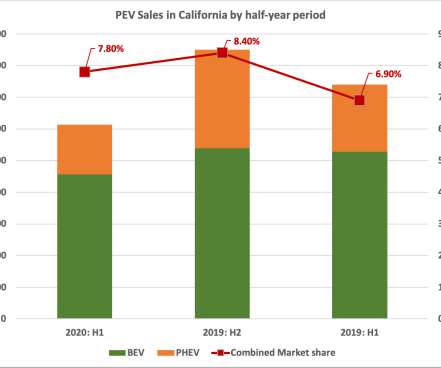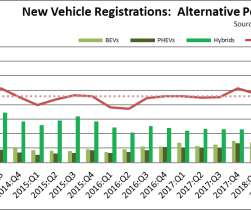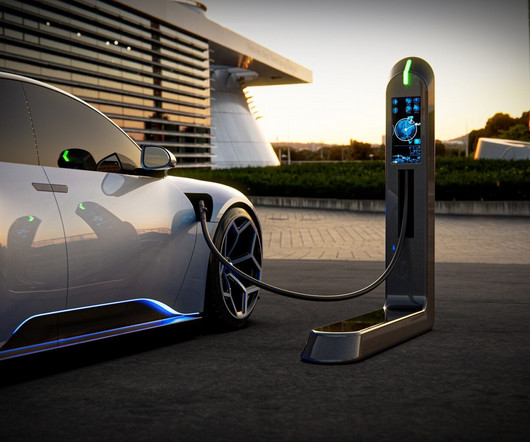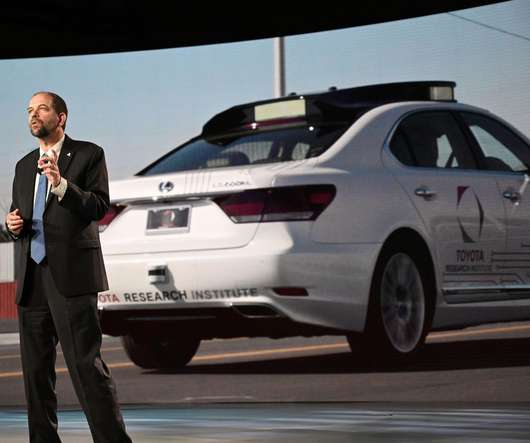Total BEV sales in California at 8.9% of 2030 goal
Green Car Congress
SEPTEMBER 26, 2020
Even with reduced sales compared to both half periods in 2019, battery electric vehicles (BEVs) managed to increase their market share slightly in the most recent results. Sales of plug-in hybrids (PHEVs) dropped from 21,193 in H1 2019 to 15,724 in H1 2020, but maintained a 2.0% in H1 2019 to 5.8% in H1 2020. in H1 2020 to 7.8%









































Let's personalize your content